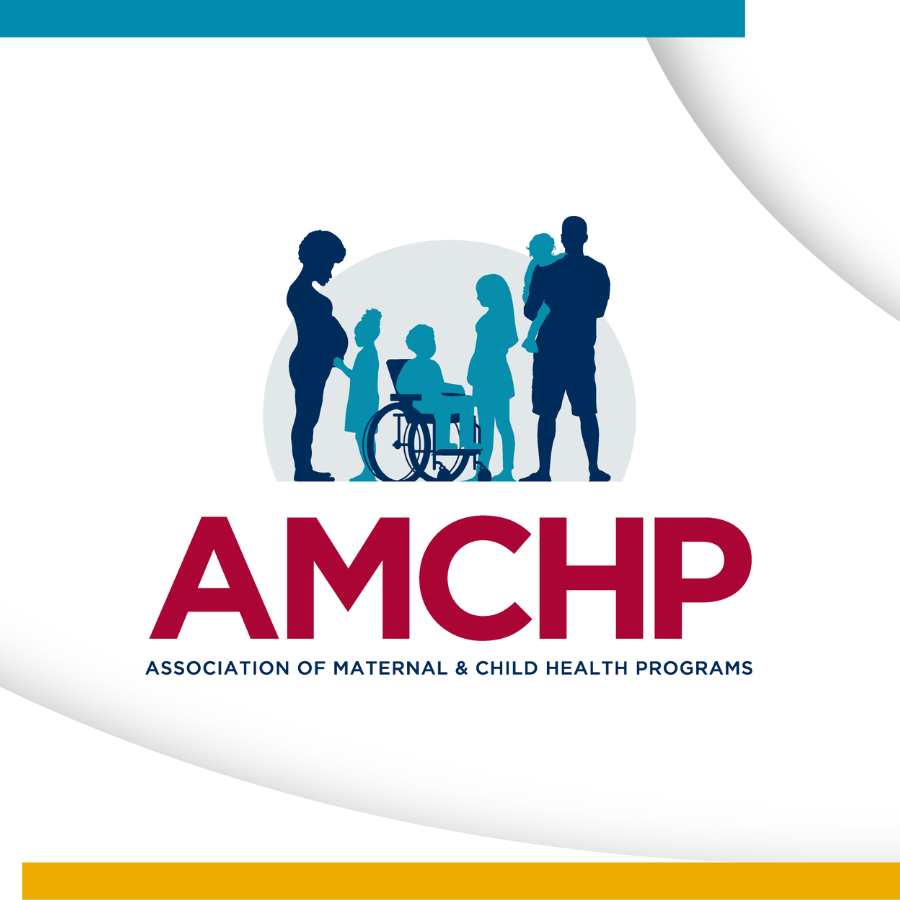Integrating Maternal and Child Health (MCH) Considerations in Emergency Preparedness and Response (EPR) Efforts
Why?
AMCHP and our partners aim to provide the public health and emergency management workforces with the foundational knowledge of strategies for addressing the unique needs of women of reproductive age, specifically pregnant and postpartum women, and infants in emergency preparedness and response efforts.
 |
Course 1:Strategies for Initiating and Sustaining Critical Partnerships |
 |
Course 2: |
Click on the link for each course to review its specific objectives, intended audiences, prerequisite knowledge and skills, anticipated completion time, and instructions.
What
In partnership with federal agency leaders, AMCHP has created two (2) highly interactive training/professional development courses that can be accessed by anyone at any time. After passing a summary post-test on the CDC’s TRAIN platform, course completers will be eligible for the following types of Continuing Education (CE) credit:
- Continuing education contact hours (CECH) in health education by the National Commission for Health Education Credentialing, Inc. for Certified Health Education Specialists (CHES®) and Master Certified Health Education Specialists (MCHES®)
- Recertification Credits by the National Board of Public Health Examiners for Certified Public Health Professionals (CPH)
- Continuing nursing education (CNE) contact hours through the American Nurses Credentialing Center
- International Accreditors for Continuing Education and Training Continuing Education Units (CEU) for all health professionals
Having troubles viewing the workbook? Download and install Acrobat Reader for the optimal experience – https://get.adobe.com/reader/
Acknowledgements: The development and dissemination of these tools were supported by the Centers for Disease Control and Prevention (CDC) of the U.S. Department of Health and Human Services (HHS) under grant number 6 NU38OT000296-05-06. The primary architects of the courses are Amy Moskovitz, Mikayla Frye, and Ben Kaufman. The architects would like to thank Dr. Marianne Zotti, Dr. Chris Snead, and Nia Sutton for their partnership in conceptualizing this course, and Kurt Vachon for his partnership in building the user experience.
They would also like to thank the Emergency Preparedness and Response Team in CDC’s Division of Reproductive Health for their subject matter expertise and technical assistance. Note that the opinions expressed in this training are those of the authors and do not reflect the view of the Centers for Disease Control and Prevention, the Department of Health and Human Services, or the United States government.
Disclaimer: Much of the video content for these courses were initially recorded live for interdisciplinary, team-based learning as part of AMCHP’s Emergency Preparedness and Response Action Learning Collaborative (EPR ALC), a collaboration with CDC’s Division of Reproductive Health that has supported the capacity building efforts of a total of 22 U.S. jurisdictions since 2019. They have been adapted to help individuals working in emergency preparedness and response capacities, regardless of their professional roles, to address the needs of women of reproductive age, including pregnant and postpartum persons and infants., video clips may occasionally include references to prior presentations and EPR ALC administrative protocols.
The course architects have carefully reviewed and selected both required and supplemental content. Required content has the greatest relevance to the intended audiences and is aimed at orienting learners to the most essential concepts and tools. Supplemental content aims to provide helpful direction for learners seeking to explore topics in more depth.
